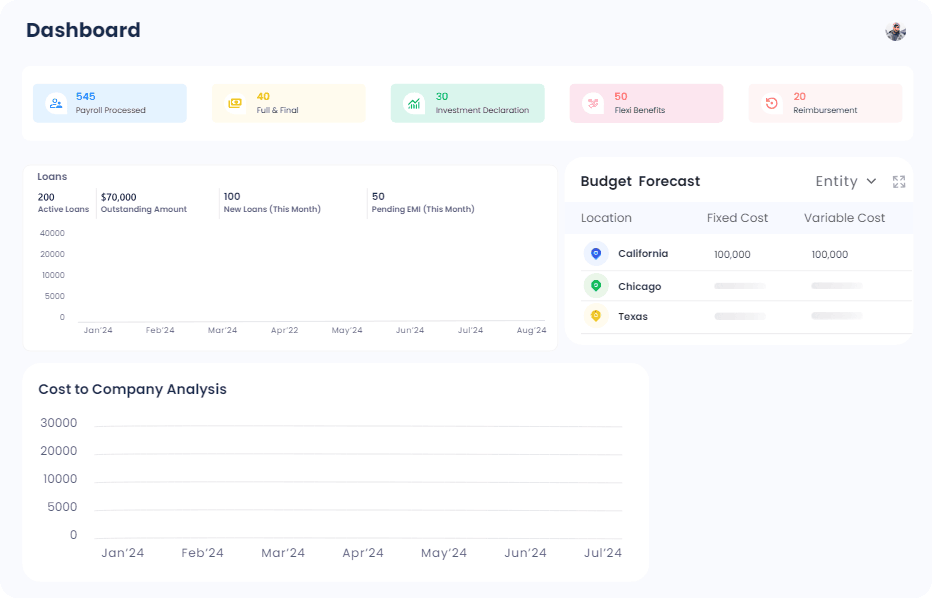Running payroll is one of the most critical responsibilities for any business. It’s more than just calculating hours and issuing paychecks—it’s about ensuring accuracy, compliance, and employee satisfaction.
A payroll checklist is a standardized list of tasks that guide HR teams, payroll professionals, or business owners through the entire payroll cycle. It acts as a safeguard to ensure each payroll run is completed correctly and on time, every time.
A well-structured payroll checklist can help streamline the process, reduce errors, and ensure that no critical steps are overlooked.

Benefits of Using a Payroll Checklist
Improves Accuracy: Helps reduce human error in calculations and deductions.
Saves Time: Creates a repeatable and efficient process every pay period.
Ensures Compliance: Helps you meet all federal, state, and local labor and tax requirements.
Prepares You for Audits: Keeps your records organized and ready for inspection.
Builds Employee Trust: Ensures you pay your staff correctly and on time, which boosts satisfaction and retention.
Steps in Running a Payroll Process
Here are some basic steps to follow while running the payroll process.
1. Do check for changes in employee data – Check if there were any changes in the employee’s details, such as marital status, address, bank account number, etc.
2. Check if the minimum hours worked quota was completed- Every company has a percentage for a minimum amount of hours worked to be eligible to receive the full salary. Also, remember to account for any special events like sick leaves, holidays, etc.
3. Also check for changes to employee benefits – Always keep in mind to check for any changes to plans like health insurance, travel reimbursement, etc.
4. Adjust Fixed and Variable Pay – Reflect pay raises, promotions, bonuses, incentives, and commissions accurately in the payroll.
5. EPS, EPF, and health and education cess fulfillment – There are three types of payroll contribution – EPS, EPF, and Health and education cess. Employer contributions make up employment costs, and employee contributions make up payroll costs and employee income tax. Employment costs, aka employer payroll contributions, are further subdivided into different components: Employer provident fund (EPF), employee pension scheme(EPS), and Employee state insurance (ESI). Employers pay 16.75% of employment tax, in which EPS and EPF are 12%, while ESI is 0.75%. Health and education cess account for 4%.
6. Fix Previous Payroll Errors – Correct any overpayments or underpayments from earlier pay cycles in the current cycle.
7. Issue Form 16 – Provide salaried employees with Form 16 if you deducted tax at source. This form serves as proof of the tax deduction.
8. Ensure Statutory Compliance – Verify that all statutory obligations are fulfilled before issuing the final payslip to avoid legal penalties.
Run Payroll with Payroll Checklist
Download Our Freemium Template
In today’s fast-paced business environment, a payroll checklist is a simple yet powerful tool that ensures every payroll cycle runs smoothly. It minimizes risk, boosts efficiency, and supports long-term organizational health.
Don’t leave payroll to chance. Start using a payroll checklist today and take control of your payroll process with confidence.
What is a payroll checklist?
A payroll checklist is a step-by-step guide used by HR or payroll teams to ensure all payroll tasks—like salary calculation, deductions, and tax compliance—are completed accurately and on time.
Why is a payroll checklist important?
It reduces errors, ensures legal compliance, prevents payment delays, and helps maintain employee trust by ensuring salaries and deductions are handled correctly.
What should be included in a payroll checklist?
Typical items include attendance and leave data, salary structure validation, statutory deductions (like PF, ESI, TDS), bonuses, reimbursements, pay slip generation, and payroll reporting.
What are statutory components in Indian payroll?
In India, statutory components include Provident Fund (PF), Employee State Insurance (ESI), Professional Tax, Labour Welfare Fund (LWF), and TDS (Tax Deducted at Source).
Can payroll be automated?
Yes, payroll can be automated using HRMS or payroll software’s like Zimyo, which helps streamline salary calculations, generate pay slips, and ensure compliance with statutory norms.
